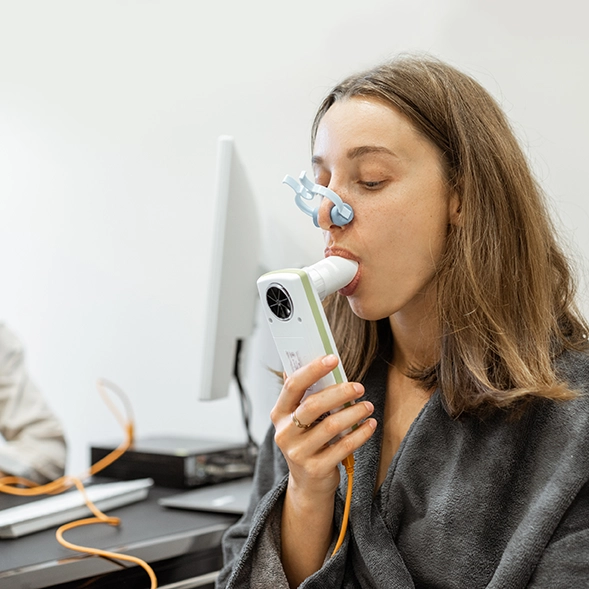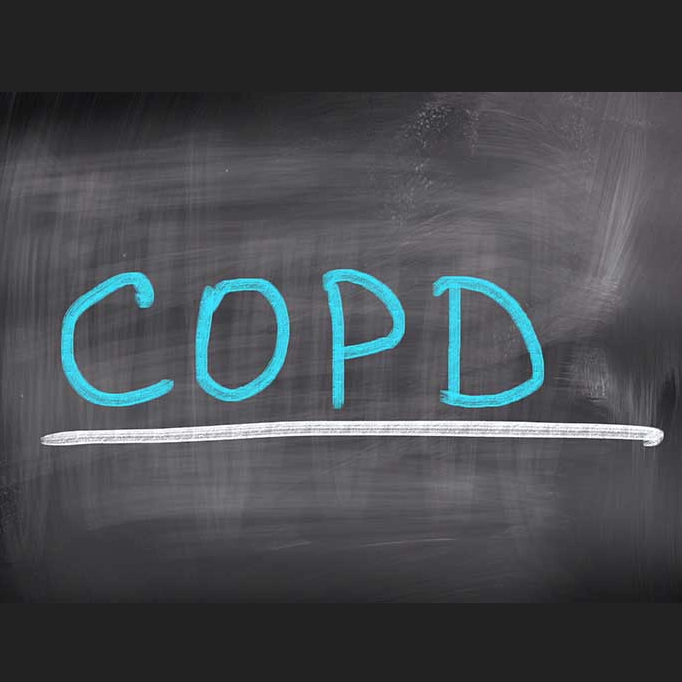Introduction:
Pulmonary rehabilitation (PR) improves outcomes in chronic respiratory diseases like COPD, but its long-term impact is limited. Digital Remote Patient Monitoring (DRPM) may enhance symptom tracking, early exacerbation detection, and adherence to disease management behaviours, addressing limitations like symptom underreporting and low health literacy.
Objective:
To evaluate the feasibility of integrating PR with DRPM and to guide future trials in assessing clinical efficacy.
Methods:
- Design: Cluster-randomized pilot trial
- Groups:
- Standard-PR
- PR + DRPM using Bluetooth-enabled devices for daily monitoring of 5 resting vital signs daily - blood pressure, heart rate, oxygen saturation, body temperature and weight
- Duration: 16 PR sessions over 6–8 weeks + 12-week post PR follow-up
- DRPM Monitoring:
- Blood pressure, heart rate, O₂ saturation, temperature, weight
- Missed readings triggered compliance calls
- Data were integrated into electronic health records, and PR providers remotely monitored the data, contacting participants if any readings surpassed predefined thresholds
Results: Participants: 78 adults (mean age: 68.4 years, mean FEV₁: 59.1%)
|
Metric |
Outcome |
|
Recruitment Rate |
94% |
|
Retention |
77% following the PR program and 67% at the 12-week follow-up, with comparable rates observed across both groups |
|
PR Session Attendance |
94% (PR+DRPM) vs 86% (Standard PR) |
|
DRPM Adherence |
90% during PR, 89% during follow-up |
|
Compliance Calls |
163 calls made for missed readings |
|
Participant Satisfaction |
100% recommend DRPM; 92% felt data was secure |
|
Adverse Events |
10 minor, not DRPM-related |
|
Staff Workload |
Increased by ~45 mins per participant (496 alerts attended) |
Secondary Outcomes:
No significant differences between PR+DRPM and Standard-PR in:
- Exercise capacity
- Quality of life
- Physical activity
- Self-efficacy
Conclusion:
PR with DRPM is feasible and well-received, with high adherence to daily monitoring. However, the increased staff workload from managing alerts and compliance calls presents a challenge. Future larger trials should explore efficacy, cost-effectiveness and scalability while addressing staff burden to ensure sustainability.
Am J Respir Crit Care Med 2025; 211: A1045
American Thoracic Society 2025 International Conference, May 18-21, San Francisco



